The 3 basic needs of almost all situations are , , and . The following team helps meet the needs of :-) these four priorities:. The order of importance of the following essential elements is determined by the needs of a given situation:. After thinking about this question for a while, I think there are 3 priorities you need to survive in almost any situation in nature.
How could someone really get the priorities for so wrong? Rule of 3 and Priorities For it is better to remember and prioritize by the four levels of the Rules of 3: You can survive for without air (oxygen) or in You can survive for without in a (unless in )
Rule of 3 is not set in stone Use common sense and act according to your unique circumstances and needs. The rule of 3 mnemonic is just a guideline; know your limits.
In order of importance, they are , , . Depending on the situation, you may also :-) need some additional elements that we will cover in this blog post. A can be anything from a 4-season tent to a simple tarp or a large garbage bag. Finding a suitable is crucial for to survive due to the fact that you share the environment with potential enemies (animals and insects).
It's very important to know how to properly triage your priorities in a .
building
Avoid going overboard while setting up a so you don't waste important energy that could be spent :-) on more important things, such as finding or starting a . If you need to go to the bathroom, you should dig a hole or go far downstream from your . To avoid most of these uncomfortable situations, your should include soap, toilet paper, body cleansing wipes, and a toothbrush. No matter how impromptu your trip to nature, never miss including a first in your .
Even if you're familiar with the terrain and have been there countless times, you'll never know when you're going to need something from your first . It's better to have it and not use it than to need it and not have it. Besides, emergencies don't give us any warning. A general first will do, but it's safer to supplement it with items that benefit you for your specific situation and location.
In extremely cold temperatures , and in wet and cold conditions taking from the wind, precipitation and the ground is very important to keep your body at 98.6 degrees .
Water
More than 70 percent of human weight is . Anything that disrupts this :-) balance can cause serious . Weather conditions in nature can cause fatal very quickly. Therefore, you need a way to compensate for any loss from your body.
It is best to treat suspect , but drinking dirty is better than dying of .
Similarly, improper use of a -filtration system can allow contaminants into your , which could potentially make a much worse. Understand your inside and out.
Stay away from with obvious signs of toxicity like dead animals and no vegetation.
Also use as an impromptu first aid component. Look for a fixed blade knife. Its lack of moving mechanical :-) parts gives it the durability and strength needed to be able to cut branches and twigs from larger trees. The knife must be sharp to make your work easier.
Conversely, a purification system can turn murky or unsafe to clean and safe .
Once again in concept, it's pretty straightforward as long as we don't ignore the closing portion of the rule ''. many times you'll find may actually follow the need for , at a minimum location of a . But, that is certainly not always the case in extreme conditions. The most blaring or that comes to mind is that of extreme .
Food
provides the with the energy to perform optimally both physically and mentally. Fortunately :-) emergency supplies are readily available in the form of an MRE. These "meals ready to eat" have enough calories to sustain a human for an entire day or more, depending on which type and size of MRE you buy. There are guidelines for the amount of calories you need per day for optimal performance. You may need even more in nature, but here, quality is better than quantity. The best examples are wheatgrass, maca powder and spirulina.
Our bodies are naturally prepared for short periods of starvation, which is why they tend to accumulate fat. Very :-) few short-term situations require .
Prepare a descriptive list of all wild edible foods ahead of time.
Suffering an injury in a is something to be well prepared for. Most people may not be able to access emergency medical equipment on time due to the remoteness of nature. A first is vital to survive in this case. It can :-) help stop worsening bleeding from minor injuries, mobilize injured limbs, and even cover wounds to prevent infections.
You don't need to opt for the huge, fully equipped first aid kits to survive. Survivors can benefit from smaller versions. You can even reduce more weight from the kit by packing only the essentials, such as latex gloves, gauze, cotton, bandages, :-) over-the-counter pain relievers and alcohol-based antibiotics and cleaning wipes. Mobile phones are often useless in emergency situations.
Additionals
Therefore, you must have a reliable way of communicating with the civilized world if you need help. A signaling device is crucial in nature. Emergency personnel, bystanders, or even a passing plane can easily recognize a flash from a signal mirror or the sound of a whistle. Make sure you know how to send a signal for a faster response.
It's a multi-purpose item that can significantly increase your chances of doing it in nature. Aim for the 550 parachute rope, commonly known as a parachute rope. It is a rugged, resistant, lightweight and portable product. The rope will :-) allow you to build an emergency using a tarp or a large garbage bag.
In addition, it will help you hang or lift out of reach of wild animals. The ability to stretch when wet is one of the most incredible features that make the parachute cord special for emergencies. Hopefully, this list of 10 things you need to survive in the desert is all-encompassing. This doesn't mean you don't need other items.
Don't risk it, take 3 robust redundant lighting tools with you. Matches should be transported in an impermeable container with an O-ring seal. A striker is an excellent second item, wear it tied to a string around your neck. A lighter is an excellent third item to carry.
Any knife can be a lifesaver in the forest. However, a knife is a structurally specialized knife for excellent performance in a . The knife helps you clear roads, build , prepare and hunt for . In addition, it is a formidable weapon of self-defense if you know how to handle it.
Also use as an impromptu first aid component. Look for a fixed blade knife. Its lack of moving mechanical parts gives it the durability and strength needed to be able to cut branches and twigs from larger :-) trees. The knife must be sharp to make your work easier.
Always supplement your 3 lighting tools with tinder and some starter aids and a candle. A quality, liquid-filled observation compass is essential as a navigational aid. I recommend a genuine Silva Expedition 15TDCL 360, produced in Sweden by Silva AG (the real Silva company), manufacturers of the best compasses in the world. These compasses must be purchased in Europe.
Personally, I bought two recently in the UK and it was well worth the trouble. If you can't get one, the second closest is a SUUNTO MC-2, which is available nationwide. Carry two sections of more than 3 m of good quality nylon :-) rope or a small diameter climbing accessory rope with you. Each section can be up to 15 m if possible.
The lightweight cable is OK, but the quality of the cable makes a big difference. Don't buy cheap, thin, or weak cables. Backing up your cable with 3m of adhesive tape and 1.5m of lightweight cable. Remember that the adhesive tape can be :-) wound on your knife sheath and the waterproof match container for easy storage and quick retrieval. .
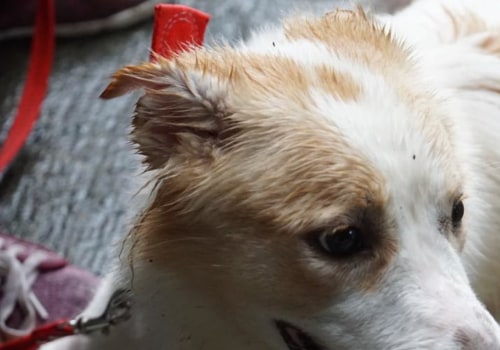
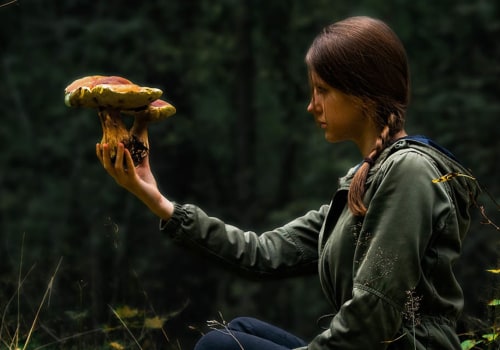
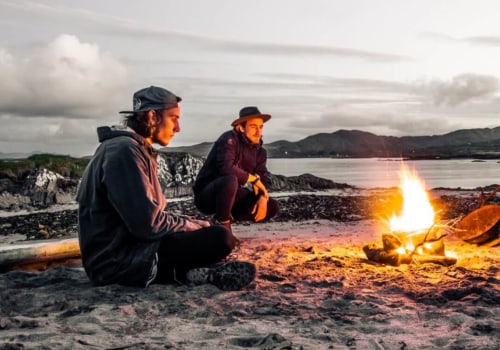
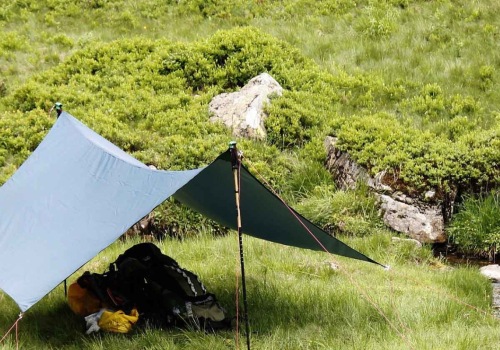


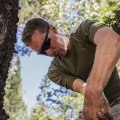
Leave Reply